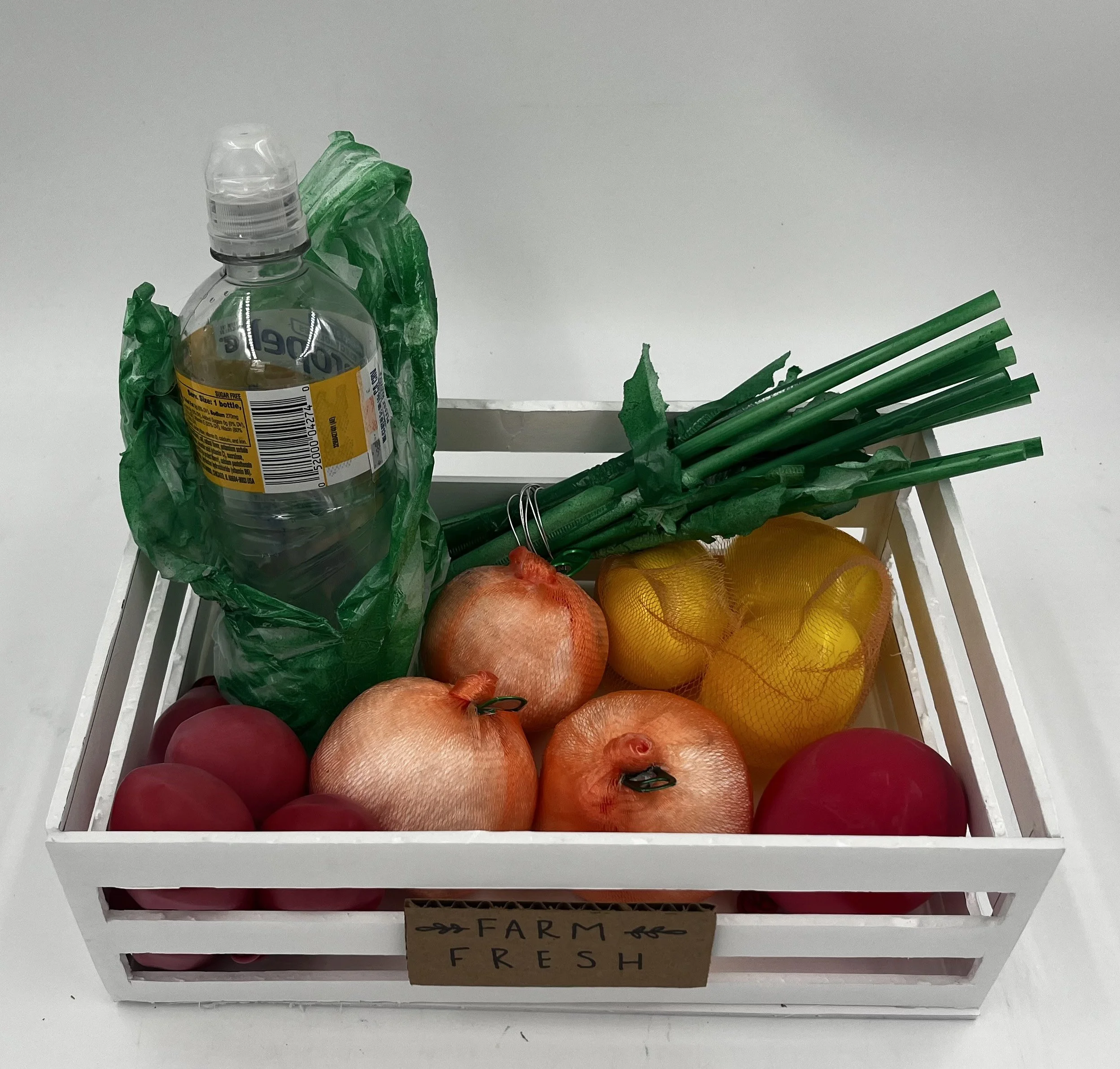The material lens demonstrates the materials that go into styrofoam and the process that it goes through. The process of styrofoam is shown within itself to be a harmful material to the environment. This is the main reason that we chose to use this as our material. Through our material lens, it’s visible to see the connection between a simple single-use material and the huge problems behind it.
The process of making styrofoam starts in a foam supplier such as AFP Inc., Remington Product Company, or another supplier. At the supplier, the process starts by having styrene, which is a petroleum-based product. This oil is bought by these suppliers in order to make styrofoam. Here, the styrofoam is made by a process called polymerization. In this process, styrene is refined into polystyrene, where then a hydrofluorocarbon agent is added. This combination is then extruded, which allows it to expand under pressure until it forms a foam board. The finished styrofoam product is thermally efficient, durable yet lightweight, moisture resistant, and it has thermoplasticity, meaning it can be heated to morph and cooled back down without losing its main chemical properties. This styrofoam is used in many products, such as packing peanuts, coat hangers, picture frames, package beads, and much more. A lot of the styrofoam products that are made today can be contributed to the same suppliers that are able to produce the various products. Styrofoam products are usually shipped through trucks, trains, and other land transportation because most styrofoam that is made is sold to companies that are closer to their producers. It is also sometimes flown to certain places if it’s far enough or overseas. Styrofoam in many facets of our lives, including the packaging that both regular people and businesses receive on a daily business, as well as the disposable products that people use, such as styrofoam cups and boxes used to store food. After styrofoam is used, the majority of it is thrown away and it ends up in a landfill, since it’s usually not practical to recycle it. There, it typically can take around 500 years for styrofoam to completely decompose by slowly breaking down into smaller and smaller pieces. Styrofoam can sometimes be reused or recycled to make new styrofoam through a process in which the used product is shredded and melted to form pellets that can be used in a new product. Styrofoam that does not end up in landfills or recycled is able to pollute the environment through the small and harmful microplastic particles that are produced as a result of the decomposition of styrofoam.
Throughout this process, there are many steps that contribute to the pollution of the planet. The manufacturing of styrofoam can potentially release styrene and other harmful chemicals into the environment. Production and transportation of styrofoam products creates massive amounts of CO2 emissions, and the use and disposal of these products leads to them leaking more harmful plastics into the environment. Overall, the process that styrofoam goes through from manufacturing, all the way to disposal, is a problem, and has a negative effect on the environment.
Class: 3D Foundations
Assignment: Assemblage Inspired
Student: Katie D.
